Help with indoor orange plant yellowing around leaf edges
SiliconRain
12 years ago
Related Stories

HOUSEPLANTS8 Essentials for Healthy Indoor Plants
Houseplants add so much to our homes — and can thrive when grown in the right conditions. Keep these tips in mind
Full Story
LANDSCAPE DESIGNNative Plants Help You Find Your Garden Style
Imagine the garden of your dreams designed with plants indigenous to your region
Full Story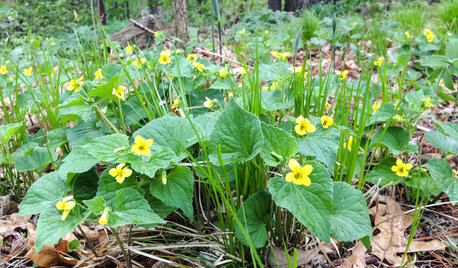
GARDENING GUIDESGreat Design Plant: Viola Pubescens Dots Woodlands With Yellow
Plant downy yellow violet in eastern U.S. woodland gardens for its heart-shaped leaves and bright yellow flowers
Full Story
GARDENING GUIDESGreat Design Plant: Anemone Canadensis Adds Pizzazz to Water’s Edges
Plant Canadian anemone along pond, lake or stream edges for a splash of white flowers in late spring
Full Story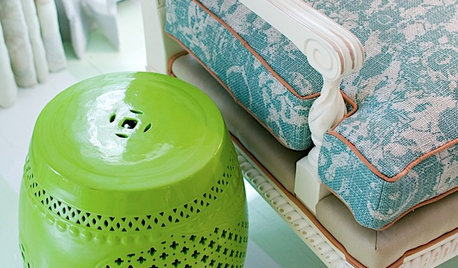
DECORATING GUIDESThe Most Helpful Furniture Piece You May Ever Own
Use it as a table, a seat, a display space, a footrest ... and indoors or out. Meet the ever-versatile Chinese garden stool
Full Story
PETS6 Ways to Help Your Dog and Landscape Play Nicely Together
Keep your prized plantings intact and your dog happy too, with this wisdom from an expert gardener and dog guardian
Full Story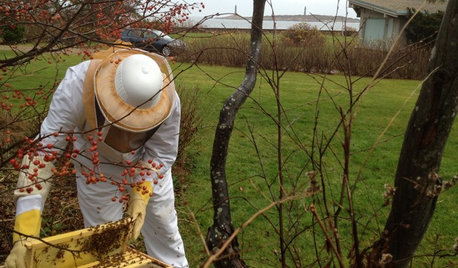
LIFEYou Said It: ‘You Can Help Save the Bees’ and More Houzz Quotables
Design advice, inspiration and observations that struck a chord this week
Full Story
COLORGarden Color: Lighten and Brighten With Yellow
From mellow to far out, yellow plants and accent features can bring a taste of the sun close to home
Full Story
SELLING YOUR HOUSE5 Savvy Fixes to Help Your Home Sell
Get the maximum return on your spruce-up dollars by putting your money in the areas buyers care most about
Full Story






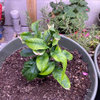
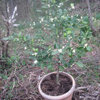
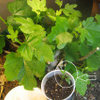
meyermike_1micha
SiliconRainOriginal Author
Related Professionals
Wrentham Landscape Architects & Landscape Designers · Bridgetown Landscape Architects & Landscape Designers · Mountain Brook Landscape Architects & Landscape Designers · Salisbury Landscape Architects & Landscape Designers · Aloha Landscape Contractors · Bedford Landscape Contractors · Brookfield Landscape Contractors · Canby Landscape Contractors · Gurnee Landscape Contractors · Kaneohe Landscape Contractors · North Lauderdale Landscape Contractors · Pahrump Landscape Contractors · Sun City Center Landscape Contractors · Welby Landscape Contractors · Chesapeake Ranch Estates Stone, Pavers & Concretegreenman28 NorCal 7b/8a
evaldas
meyermike_1micha
evaldas
meyermike_1micha
meyermike_1micha
SiliconRainOriginal Author
silica
meyermike_1micha
silica
SiliconRainOriginal Author
meyermike_1micha